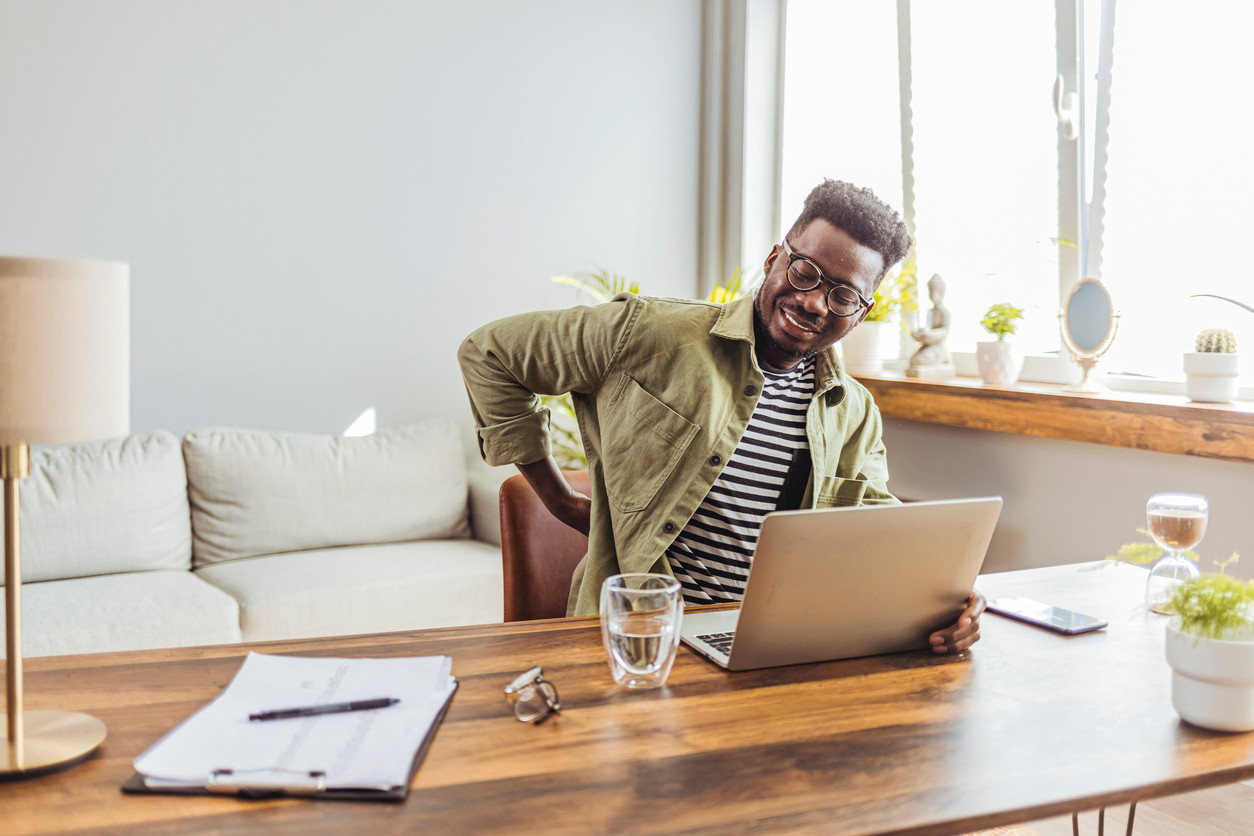¿Dolor lumbar por estar sentado demasiado tiempo? Esto es lo que debes hacer
Aprenda a evitar el dolor lumbar al sentarse con las puntas ergonómicas y los estiramientos suaves de fisioterapeuta.
$0 costo para usted
Última actualización: May 7, 2025
El índice
Fully covered back pain relief
Find relief from lower back pain, a thrown out back, sciatica, & more.
Check if I'm eligibleExercises for back pain
¿Quieres atención de expertos? Consulta si estás cubierto por nuestro programa gratuito →- Glute Stretch
- Cat Cow
- Lumbar Rotation Stretch
- Downward Dog
- Bridges
